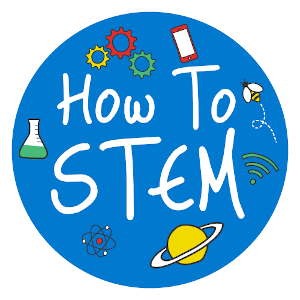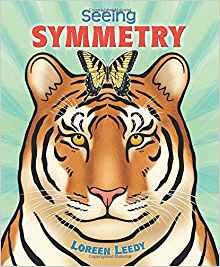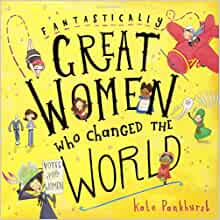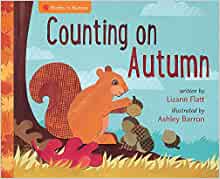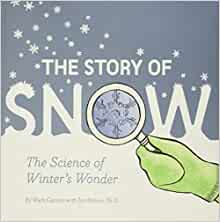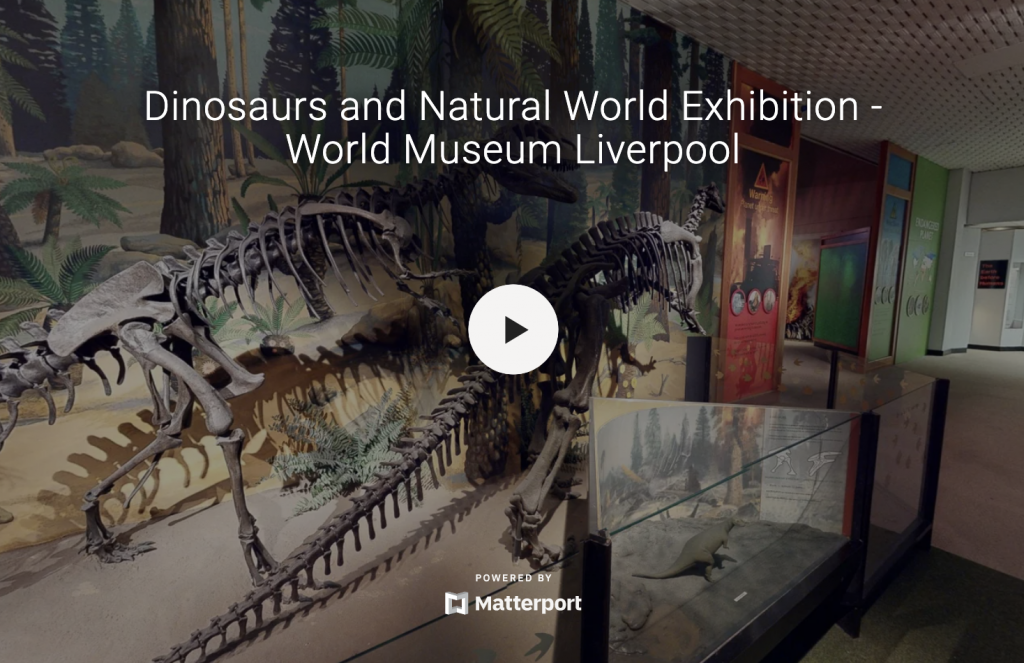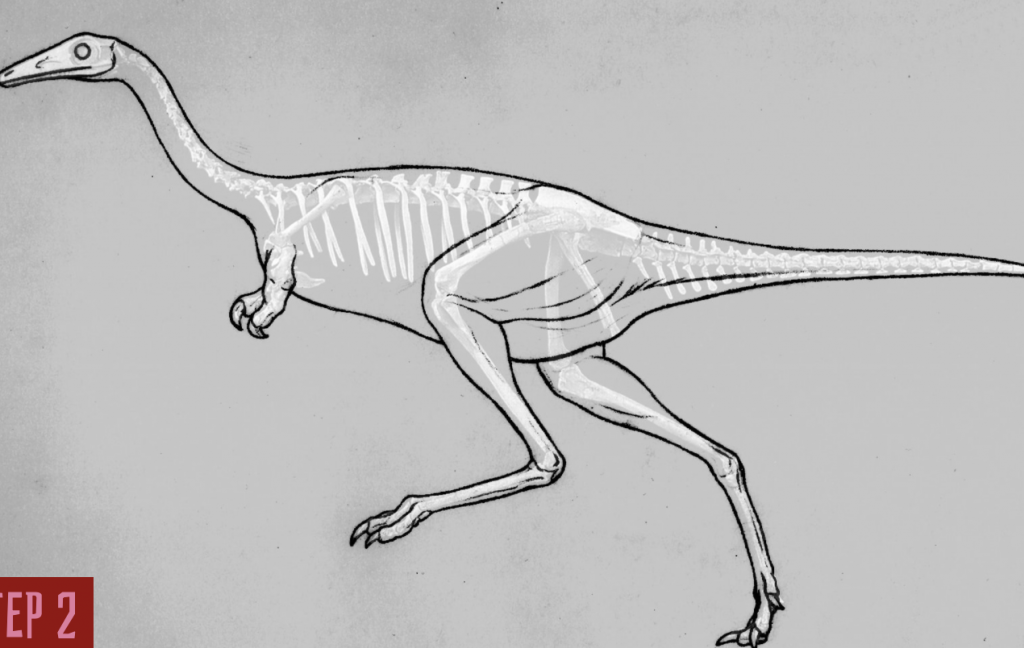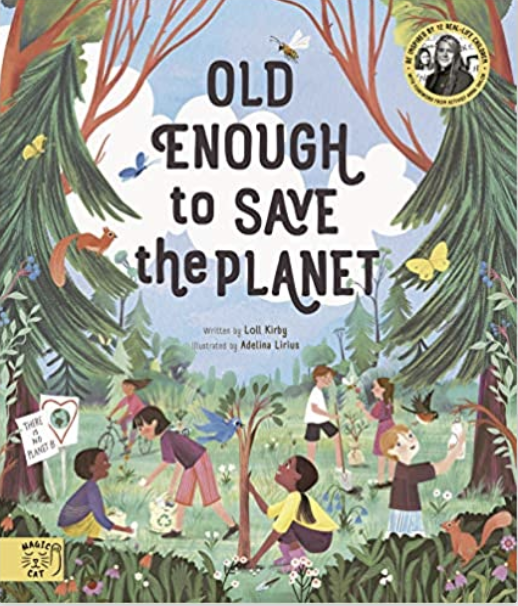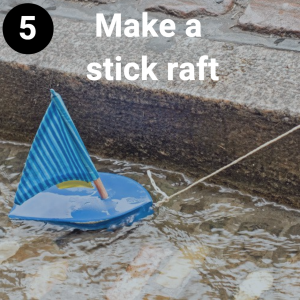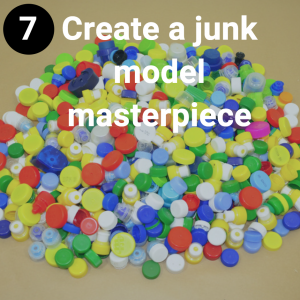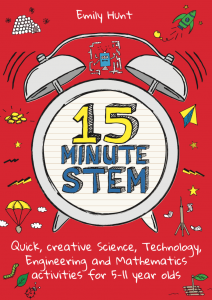
Summer is truly upon us now and what better way to mark the season than with some summery STEM books! We’ve focused on texts that celebrate nature and have suggested activities linked to each book that will get children outside, starisland.org/buying-xanax-usa/ exploring their surroundings. Enjoy!
6. Shaping up For Summer

DESCRIPTION FROM THE PUBLISHER: Maths in Nature is a lovely four book series, which explores seasonal and natural beauty through maths concepts, which are made engaging with energetic and colourful paper collage illustrations, poetic language and thoughtful questions. Each book also includes nature notes at the end, which give more information about the animals and plants featured in the seasonal scenes. Colourful, cut- paper collage art uniquely evokes the natural world, while two levels of text – one a lyrical story, the other asking children to problem-solve – bring the reader to a full understanding of the maths concept being covered. The engaging “What if?” format of these informational picture books is sure to delight five- to seven-year-olds.
SUGGESTED ACTIVITIES: This book is all about spotting the mathematics in nature so where better to start than by heading outside and looking for natural shapes. Provide each child with a table depicting each shape along the top and encourage them to draw or write down their findings for each shape.
For Amazon.co.uk click here
For Amazon.com click here
5. It Starts With A Seed

DESCRIPTION FROM THE PUBLISHER: In gentle rhyme, It Starts with a Seed evocatively explores the growth of a tiny sycamore seed. Taking a journey through the seasons and years, we follow the seed as it transforms from a seedling to a sapling, then a young tree, until it becomes a large tree with its branches and roots filling the page. As the tree grows, it is joined by well-loved woodland creatures – squirrels and rabbits, butterflies and owls – who make it their home. Beautiful and evocative, It Starts with a Seed is a factual story that will touch children with its simple but enchanting message of life and growth.
SUGGESTED ACTIVITIES: Today we find the seed as a fully grown sycamore tree. Go outside and see what trees you can find in the school grounds. Then make your own paper spinning seed from a strip of paper! Check out our 15min STEM section to find out how.
For Amazon.co.uk click here
For Amazon.com click here
4. A Nest is Noisy

DESCRIPTION FROM THE PUBLISHER: From the award-winning creators of An Egg Is Quiet, A Seed Is Sleepy, A Butterfly Is Patient, and A Rock Is Lively comes this gorgeous and informative look at the fascinating world of nests. From tiny bee hummingbird nests to orangutan nests high in the rainforest canopy, an incredible variety of nests are showcased here in all their splendor. Poetic in voice and elegant in design, this carefully researched book introduces children to a captivating array of nest facts and will spark the imaginations of children whether in a classroom reading circle or on a parent’s lap.
SUGGESTED ACTIVITIES: Start by discussing what animals build nests. Children may be surprised to know that it’s not just birds. For example, alligators and orangutans build nests too! Then go on a sound walk around your local area, recording the different noises that can be heard and looking for evidence of nests. Finally, create your own nests or bird boxes, gathering up natural materials to place inside them.
For Amazon.co.uk click here
For Amazon.com click here
3. Swirl By Swirl: Spirals in Nature

DESCRIPTION FROM THE PUBLISHER: What makes the tiny snail shell so beautiful? Why does that shape occur in nature over and over again – in rushing rivers, in a flower bud, even inside your ear? With simplicity and grace, Krommes and Sidman not only reveal the many spirals in nature – from fiddleheads to elephant tusks, from crashing waves to spiralling galaxies – but also celebrate the beauty and usefulness of this fascinating shape.
SUGGESTED ACTIVITIES: Create your own spirals outside using natural materials such as sticks and sand. Then think about what animals have spirals or are able to curl their bodies into spirals. Explore the outside area to see how many of these creatures spirals you can find.
For Amazon.co.uk click here
For Amazon.com click here
2. Wild Fibonacci

DESCRIPTION FROM THE PUBLISHER: 1, 1, 2, 3, 5, 8, 13, 21, 34. . . Look carefully. Do you see the pattern? Each number above is the sum of the two numbers before it. Though most of us are unfamiliar with it, this numerical series, called the Fibonacci sequence, is part of a code that can be found everywhere in nature. Count the petals on a flower or the peas in a peapod. The numbers are all part of the Fibonacci sequence. In Wild Fibonacci, readers will discover this mysterious code in a special shape called an equiangular spiral. Why so special? It mysteriously appears in the natural world: a sundial shell curves to fit the spiral. So does a parrot’s beak. . . a hawk’s talon. . . a ram’s horn. . . even our own human teeth!
SUGGESTED ACTIVITIES: This book works well with older children who will be able to understand the pattern behind the fibonacci sequence. Once they have got this, encourage them to go outside and take pictures of natural objects that follow the fibonacci sequence such as flower petals and fir cones. Children could take this further, researching examples of this sequence in humans and animals.
For Amazon.co.uk click here
For Amazon.com click here
1. Bees, Snails and Peacock Tails

DESCRIPTION FROM THE PUBLISHER: Come explore the hidden shapes and patterns in nature. The peacock’s flashy tail is a masterpiece of colour and shape. A buzzing beehive is built of tiny hexagons. Even a snake’s skin is patterned with diamonds. Poet Betsy Franco and Caldecott Honour winner Steve Jenkins bring geometry to life in this lively, lyrical look at the shapes and patterns that can be found in the most unexpected places.
SUGGESTED ACTIVITIES: This book is a great introduction to shapes and symmetry in nature. Younger children will have fun spotting examples of this in their natural surroundings. Meanwhile older children may be able to make links between the amazing patterns in nature and the fibonacci code.
For Amazon.co.uk click here
For Amazon.com click here

